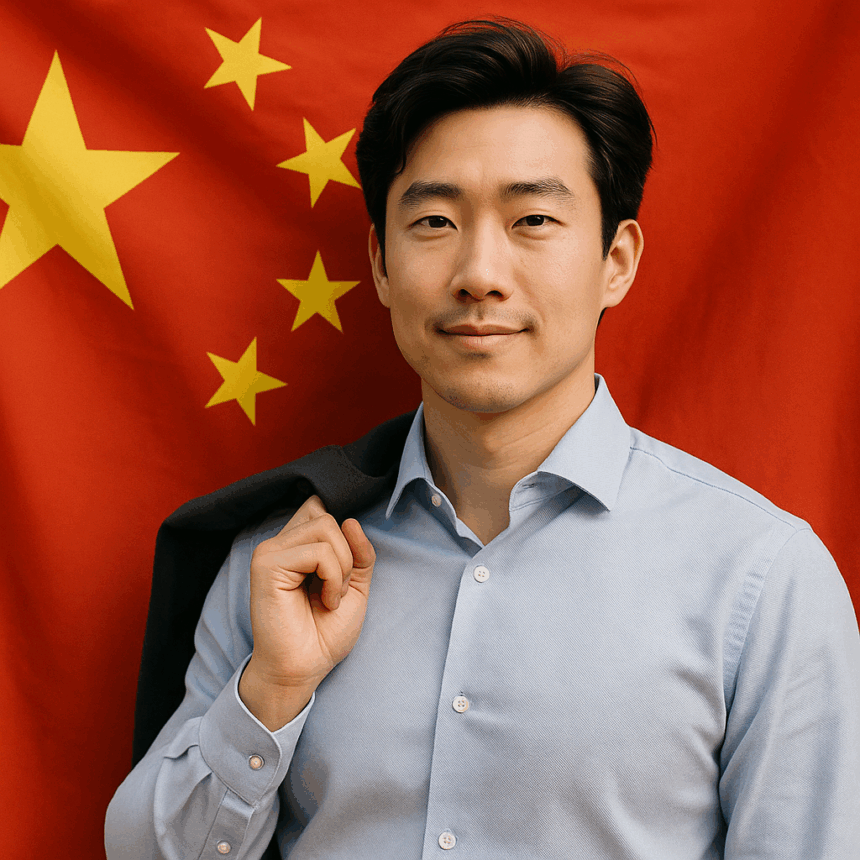China Opens Doors to Global Tech Talent
China is courting global digital and tech professionals through a new K-Visa, a work authorisation designed to attract scientists, engineers, and innovators from around the world. The initiative signals Beijing’s determination to compete with the United States in the global race for technical expertise, as tightening U.S. immigration rules discourage skilled migrants from heading west.
The K-Visa serves as China’s answer to the U.S. H-1B, but with fewer entry barriers and greater flexibility. Applicants no longer need job offers to apply, allowing independent experts and entrepreneurs to explore opportunities in AI, semiconductors, and robotics across China’s rapidly expanding technology sector.
What’s Happening & Why This Matters
China’s Push for Global Tech Leadership
The K-Visa rollout aligns with the Communist Party’s priority to position China as a leader in advanced technologies. Beijing is investing billions in research and innovation, offering generous government subsidies to support development in key fields, including artificial intelligence (AI), semiconductors, and green technology.
Experts say the move is strategic. As the U.S. tightens its H-1B visa program, raising fees and narrowing eligibility, China is positioning itself as a more welcoming alternative for skilled workers.
“Beijing perceives the tightening of immigration policies in the U.S. as an opportunity to position itself globally as welcoming foreign talent and investment,” said Barbara Kelemen, associate director at Dragonfly, a global intelligence firm.
Recruitment specialists in Shanghai report surging inquiries from professionals in India and Southeast Asia, many of whom now see China as a viable destination to build tech careers once limited to Silicon Valley.
Easing Rules for Tech Talent
Unlike the older R-Visa, which required applicants to hold senior positions or pre-arranged employment, the K-Visa simplifies entry for younger, mid-level, and entrepreneurial professionals. The reform lowers documentation requirements.It removes the need for pre-approved job offers, speeding up processing for highly skilled applicants.
Edward Hu, an immigration director at Newland Chase, confirmed that many foreign tech professionals already view the new visa as an appealing gateway. He noted, “Applicants no longer face the same bureaucratic hurdles. It’s faster, clearer, and open to more people with real skills.”
The policy shift represents China’s effort to fill critical skills gaps at home. Despite producing millions of university graduates each year, the country struggles with shortages in advanced technical roles, particularly in chip design, AI engineering, and quantum computing.
“The more complex the global environment, the more China will open its arms,” stated an editorial from the Shanghai Observer, a state-backed media outlet.
Brain Drain Reversal — or Balancing Act?
For decades, China has battled a persistent brain drain, as many of its brightest graduates stayed in the U.S. or Europe after completing studies abroad. Although recent years have seen Chinese professionals returning home, the government hopes to accelerate that trend by bringing in foreign experts to complement domestic talent.
Fei Su, a chip architect formerly at Intel, and Ming Zhou, a software engineer from Altair, both recently relocated to China to teach and advise local research teams. Their returns illustrate Beijing’s long-term plan to build innovation capacity by mixing domestic and foreign expertise.
Still, not everyone welcomes the change. Some Chinese professionals worry that an influx of foreign workers could intensify job competition. Youth unemployment among 16–24-year-olds in China hovers near 18%, fueling concerns about wage pressure.
“The job market is already fierce,” said Zhou Xinying, a postgraduate student at Zhejiang University. “Foreign professionals can bring new technologies, but they also increase competition for limited opportunities.”
However, state-backed analysts argue that importing high-level specialists will create jobs, not replace them, by boosting productivity and accelerating industrial growth.
Barriers to Entry
Despite its appeal, the K-Visa does not eliminate all obstacles. China’s language barrier, strict internet controls, and limited freedom of information continue to discourage some applicants. Only about 711,000 foreign workers currently live in China — a fraction of its 1.4 billion population.
David Stepat, country director at Dezan Shira & Associates, noted that while the U.S. and Europe remain more attractive overall, China’s program is a smart move. “It’s an invitation, but one that still requires balancing lifestyle challenges against professional opportunity,” he said.
Indian engineer Nikhil Swaminathan agrees. “China’s a great place for tech work,” he said, “but political relations matter. Many professionals still feel more secure aiming for Europe or North America.”
TF Summary: What’s Next
China’s K-Visa initiative is a calculated move to attract high-end digital and tech workers, particularly from Asia, amid rising competition for global talent. The program marks Beijing’s intent to strengthen its domestic innovation ecosystem while reducing reliance on Western expertise.
MY FORECAST: Expect the K-Visa to draw a steady influx of engineers, data scientists, and startup founders from India and Southeast Asia within the next two years. However, China must pair policy with greater transparency, English-language support, and clearer residency paths if it wants to convert interest into long-term migration.
— Text-to-Speech (TTS) provided by gspeech


